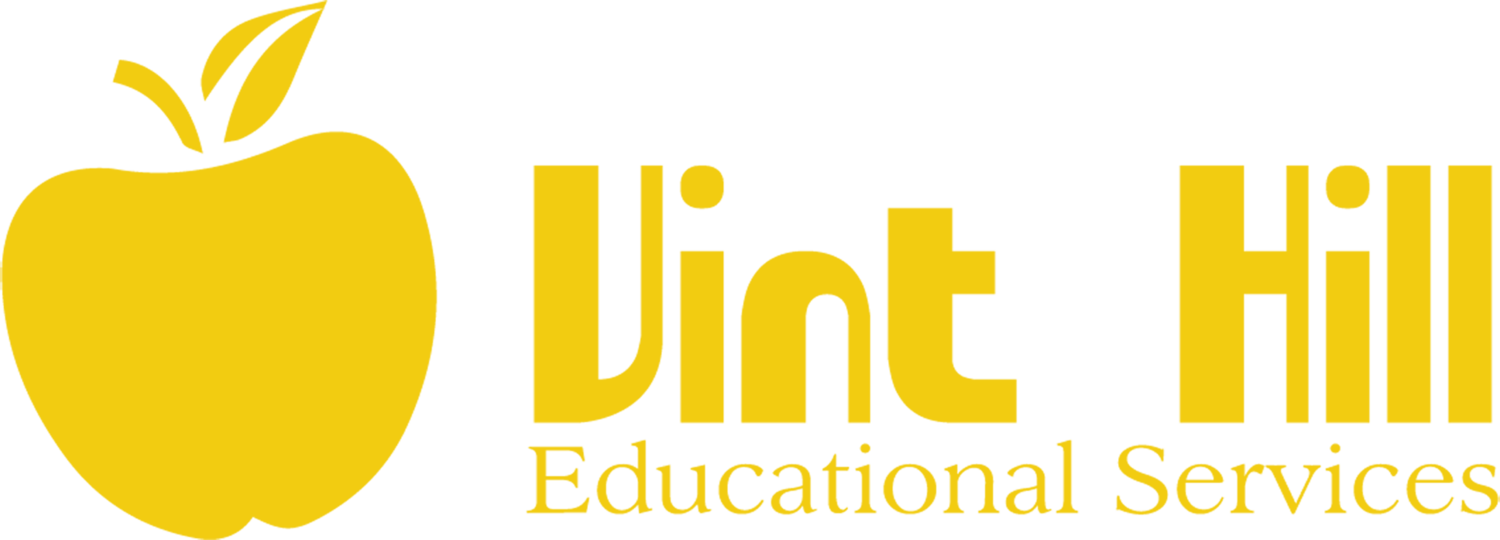Many high school students feel that they need to have their whole lives planned out before graduation, including their career path. That’s a lot of pressure to take on, and it really isn’t practical because your goals and desires change over time. At this point, the best way to prepare for choosing a career path is to take some steps to get to know more about yourself.
Start by considering your options. Your future can take many different career paths, and you may discover new talents and passions in the process. The exercises below can help lead you in the right direction.
1. Think about what you love
The first step is to create a list of school subjects that you enjoy learning about. A good way to identify these subjects is to think about which topics you have studied in school that you wanted to learn more about or topics that seemed intuitive to you.
The next step is to make a list of hobbies and activities you enjoy outside of school. These can be after-school activities or projects and interests you explore on your own. These lists can help determine commonalities in the classes you enjoy as well as extracurricular activities you participate in. From here, you can ask yourself if these two lists have anything in common. For example, you might find that a few subjects and topics are related to one another in the field of science or the field of arts.
2. Identify defining experiences
When considering potential career options, it is worth taking the time to remember positive meaningful experiences in your lifetime. Create a list of these experiences where you felt pride in an accomplishment or satisfaction from doing a good job on a test or a project. Pinpointing these moments where you felt real accomplishment and that made you happy can help highlight different careers that can provide similar experiences.
3. Create a self-portrait
This list needs not just your input, but the input of family and friends who know you well. In this activity, write down adjectives that you think describe your personality. Do you consider yourself funny, creative, or analytical? These are just a few examples you might use to describe yourself. Now go to your closest family and friends and ask them for their suggestions for adjectives that describe you. This list might be different from yours, but it can help because the people around us sometimes see us more clearly than we see ourselves.
4. Consider your strengths and weaknesses
For this activity, make two lists: your 5 top strengths and top 5 weaknesses. When figuring out your top strengths, consider potential careers where that strength can be helpful. Your weaknesses can also tell you a lot about potential career opportunities. This list can help you stay clear of certain career paths where your weaknesses would prevent you from succeeding.
5. Explore potential career options
Don’t assume that you know all the roles and responsibilities a person in that profession has. Also remember that many people work in multiple jobs across different fields before they pick their own career path. For more college planning resources, visit bigfuture.org.

